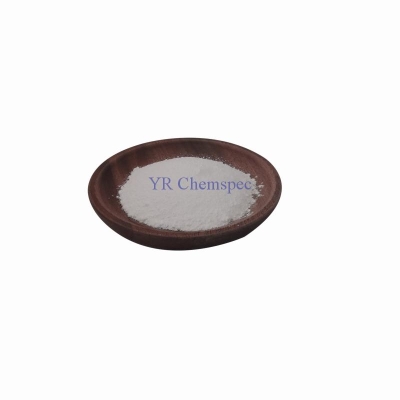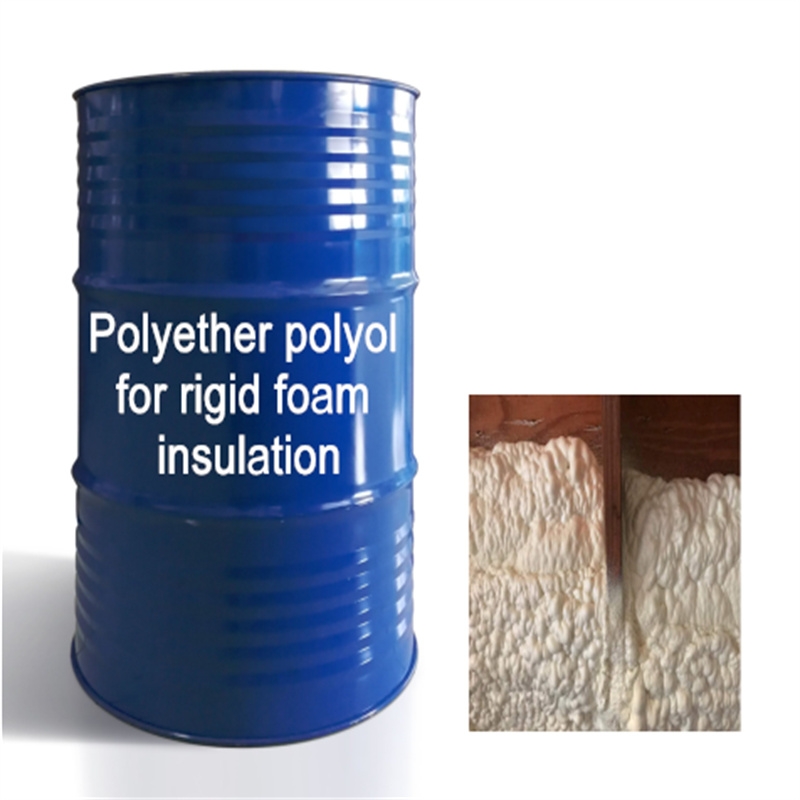-
Categories
-
Pharmaceutical Intermediates
-
Active Pharmaceutical Ingredients
-
Food Additives
- Industrial Coatings
- Agrochemicals
- Dyes and Pigments
- Surfactant
- Flavors and Fragrances
- Chemical Reagents
- Catalyst and Auxiliary
- Natural Products
- Inorganic Chemistry
-
Organic Chemistry
-
Biochemical Engineering
- Analytical Chemistry
- Cosmetic Ingredient
-
Pharmaceutical Intermediates
Promotion
ECHEMI Mall
Wholesale
Weekly Price
Exhibition
News
-
Trade Service
[Detection principle]
Cholinesterase can catalyze the hydrolysis of indophenol acetate (red) into acetic acid and indophenol (blue).
This standard specifies a rapid test method for the determination of organophosphorus and carbamate pesticide residues in vegetables by the enzyme inhibition method
[instrument]
Constant balance
Pesticide residue rapid measuring instrument [(37 ± 2) ℃ constant temperature device];
Ultrasonic extractor
Quick test card (paper sheet solidified with cholinesterase and indophenol acetate reagent)
[Steps]
(1) Reagents prepare a buffer solution with a pH of 7.
(2) Detection method
Whole measurement method:
①Select a representative vegetable sample, wipe off the soil on the surface, cut into about 1cm square pieces, take 5g into a bottle with a lid, add 10mL buffer solution, shake 50 times, and stand for more than 2 minutes
②Take a quick test card, dip a white tablet into the extract, and place it for more than 10 minutes for pre-reaction.
③Put the tablets on the pesticide residue detector and react at a constant temperature of 38℃ for 10 minutes.
④ Cover the lid and keep the temperature at 38°C for 3min to make the red tablets and the white tablets overlap and react
Surface measurement method (coarse sieve method):
① Wipe off the soil on the surface of the vegetables, drop 2~3 drops of buffer solution on the surface of the vegetables, and rub another piece of vegetable gently on the dripping place
②Take a quick test card and drop the liquid drop on the vegetable on the white tablet
③Put the tablets on the pesticide residue detector and react at a constant temperature of 38℃ for 10 minutes.
④ Cover the lid and keep the temperature at 38°C for 3min to make the red tablets and the white tablets overlap and react
[Result judgment (compared with blank control card)]
The white pill does not change color or slightly bluish is a positive result
The white tablet turns sky blue or is the same as the blank control card, which is a negative result
For samples with positive results, other analytical methods can be used to further determine the specific pesticide species and content
[Instrumental method]
Insert the rapid test card into the instrument, drop 2~3 drops of the extract on the white tablet of the rapid test card, and do a blank experiment at the same time, start the instrument and automatically run the pre-reaction for 10 minutes, close the instrument cover, the instrument will alarm at 3 minutes, turn on the instrument Observe the results
[Reference characterization of pesticide poisoning residues]
Take an appropriate amount of suspected poisoning residue, add 2 times the amount of extract, filter or centrifuge, and take the clear liquid for determination
.
If an organic solvent (such as acetone, etc.
) is used to extract the residue, the organic solvent must be evaporated to dryness, and then the residue must be dissolved in the extract for determination
.
Organic solvents interfere with the determination
.
[Precautions]
(1) The time when the sample is placed should be consistent with the time when the blank control card is placed to be comparable;
(2) The time for the superposition reaction of the red and white tablets is subject to 3 minutes;
(3) If the vegetables are planted with excessive mixed pesticides, the organic phosphorus and carbamate pesticide residues found in the test do not mean that each of the pesticides exceeds the standard.
It is possible that each pesticide is above the standard.
Not exceeding the standard, but only exceeding the standard after the accumulation of various pesticides
.







